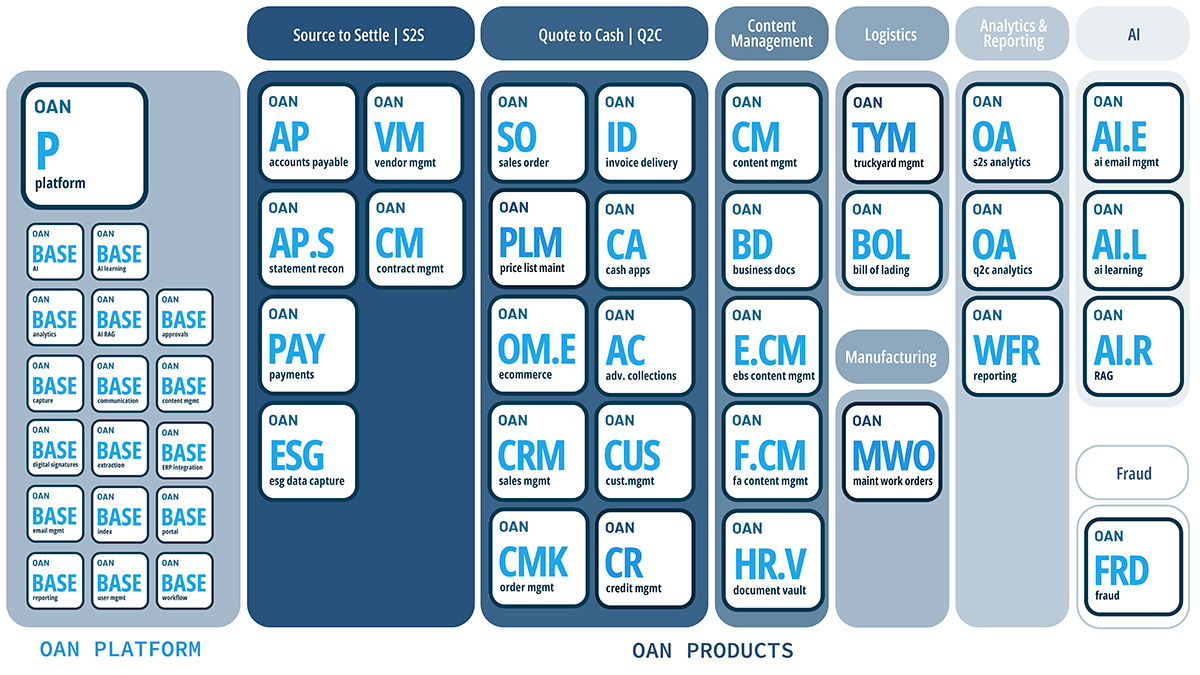Managing supplier relationships can often be complex and resource-intensive. Enter the supplier portal: a solution that simplifies processes, saves time, and fosters smoother, more productive vendor interactions while supporting your organization’s digitization goals. Acting as a centralized workspace, a supplier portal enables efficient collaboration, streamlined information exchange, and optimized steps from onboarding and document submission to order tracking and communication.
Top Benefits of Using a Supplier Portal
1. Enhanced Vendor Management
A supplier portal streamlines vendor management by supporting key processes in one cohesive platform. Document management becomes effortless, as vendors can submit contracts, W-9 forms, purchase orders, and invoices securely and promptly. This system ensures that all vendor contact details, including billing and shipping addresses, are up-to-date and accurate. By enabling vendors to update their information directly, the portal reduces the risk of errors, shipment delays, and payment issues — freeing teams to focus on strategic tasks.
2. Status Updates & Improved Communication
Real-time notifications enhance transparency by allowing suppliers to track payments, order progress, and approvals instantly, fostering trust and reducing follow-ups. Meanwhile, a built-in communication hub eliminates pesky, disorganized email chains by centralizing all interactions. This structured, efficient approach improves collaboration, minimizes disputes, and strengthens supplier relationships while keeping operations running smoothly.
3. Strengthened Compliance
Additionally, supplier portals play a critical role in enhancing compliance. Keeping vendor certifications, tax forms, and other regulatory documents up to date can be daunting when managed manually. With a supplier portal, businesses can house all documents digitally, set automated reminders for renewals, and ensure all submissions meet regulatory standards. This reduces the risk of non-compliance and builds trust with suppliers and regulatory bodies alike.

Additional Savings with Dynamic Discounting Through Your Supplier Portal
Dynamic discounting is an additional financial tool that allows businesses to negotiate early payment discounts with vendors based on changing market conditions or cash flow needs. This means that if a vendor offers a 2% discount for payment within 10 days, a business can take advantage of this offer and pay the invoice early, saving on the total cost. Companies can secure discounts by paying invoices ahead of the due date, reducing overall procurement costs. This approach benefits both parties — vendors receive faster payment, and businesses can lower their expenses through timely payments.
Supplier portals are particularly effective in managing dynamic discounting, as they provide the automation and flexibility needed to track and apply discount terms based on real-time data. Unlike standalone ERP systems, which struggle to handle complex discount structures, supplier portals streamline the process by integrating payment schedules, invoice tracking, and discount terms into one platform. This results in better, more efficient transactions, ensuring businesses can take full advantage of dynamic discounting opportunities.
How Integrating AP Automation and ERP Enhances Your Supplier Portal
Additional software solutions, such as an ERP system and SaaS accounts payable (AP) automation tools, can significantly enhance a supplier portal. Linking the portal to these systems reduces manual processes, leading to a more efficient workflow. The integration allows for real-time data synchronization, ensuring that information from supplier invoices, payments, and order statuses is automatically updated across all platforms. This reduces the need for duplicate data and accelerates decision-making.
Moreover, integrating a supplier portal with a supplier payment system offers even more value. It centralizes supplier management, providing businesses with a secure platform to track payments, manage supplier details, and run reports. This consolidation aids in reconciliation, simplifies financial reporting, and supplies a broad view across the supply chain. With secure, 24/7 access to critical data, businesses can manage supplier relationships more effectively, optimize cash flow, and ensure timeliness.

How to Transition Suppliers to a Self-Service Portal
To implement a successful supplier portal, businesses must transition from traditional reactive methods to proactive communication, especially in accounts payable (AP). The key is onboarding suppliers by clearly articulating the portal’s benefits, making it easy for them to understand how it simplifies processes like submitting invoices and checking payment statuses. For example, the portal can automate payment notifications, reducing the need for suppliers to follow up on payment statuses, and allowing them to focus on their core business activities.
1. Assess Needs and Define Objectives
Evaluate current supplier management processes to identify inefficiencies. Set clear goals for the portal, such as reducing manual tasks, improving payment accuracy, and streamlining communication.
2. Select and Implement the Right Platform
Choose a supplier portal that integrates seamlessly with your ERP and payment systems. Ensure the platform supports essential features like secure document submission, real-time payment tracking, and automated workflows.
3. Onboard Suppliers and Promote Adoption
Communicate the portal’s benefits to suppliers and provide clear instructions for getting started. Offer training resources and ongoing support to help suppliers transition and maximize portal usage.
4. Monitor and Optimize Portal Usage
Track how effectively suppliers and internal teams are using the portal. Collect feedback regularly to identify areas for improvement and make necessary updates to enhance functionality and user experience.
Why Every Growing Business Needs a Supplier Portal
Supplier portals aren’t just tools but catalysts for proficiency in procurement and accounts payable (AP) functions. By automating and centralizing essential processes, these platforms empower businesses, giving them a sense of control and confidence to work smarter, not harder, while achieving measurable cost savings and compliance improvements. Integrating a supplier portal with your existing financial and accounts payable systems creates a seamless, efficient ecosystem that supports scalability and growth. The future of supplier interactions is digital, and the right portal is your key to unlocking it. By choosing a supplier portal wisely, you’re not just improving efficiency, compliance, and collaboration. You’re also positioning your business for strategic growth and success in the digital age.

Transition Your Business Into the Digital Age With oAppsNET
Let oAppsNET be your partner in navigating the digital landscape. As an Oracle-certified partner, we understand the complexities of modern business environments and provide tailored strategies to help enterprises seamlessly integrate digital tools. Whether optimizing your supplier and vendor management, streamlining data, or transitioning to a more agile business model, oAppsNET’s deep knowledge of digital solutions ensures that your business can harness the full potential of technology to drive success and growth.

